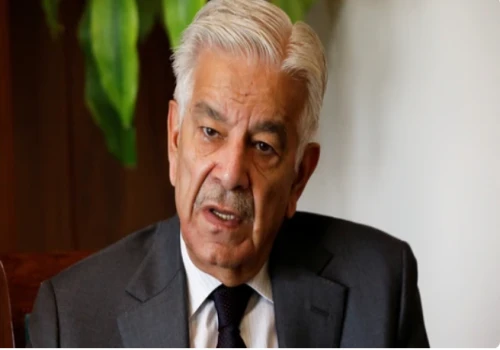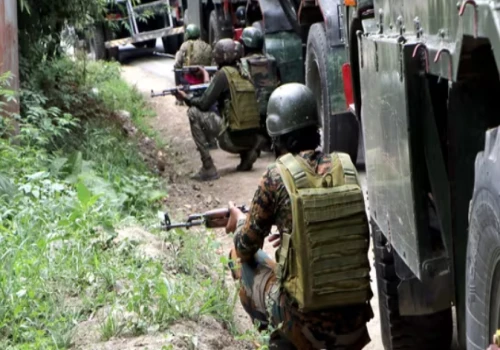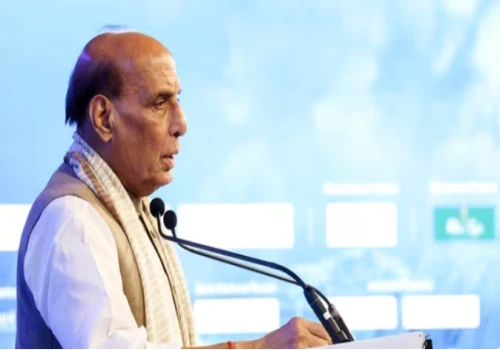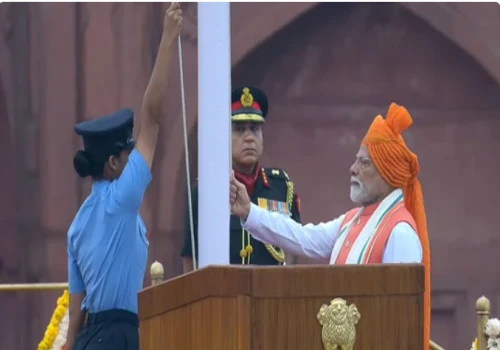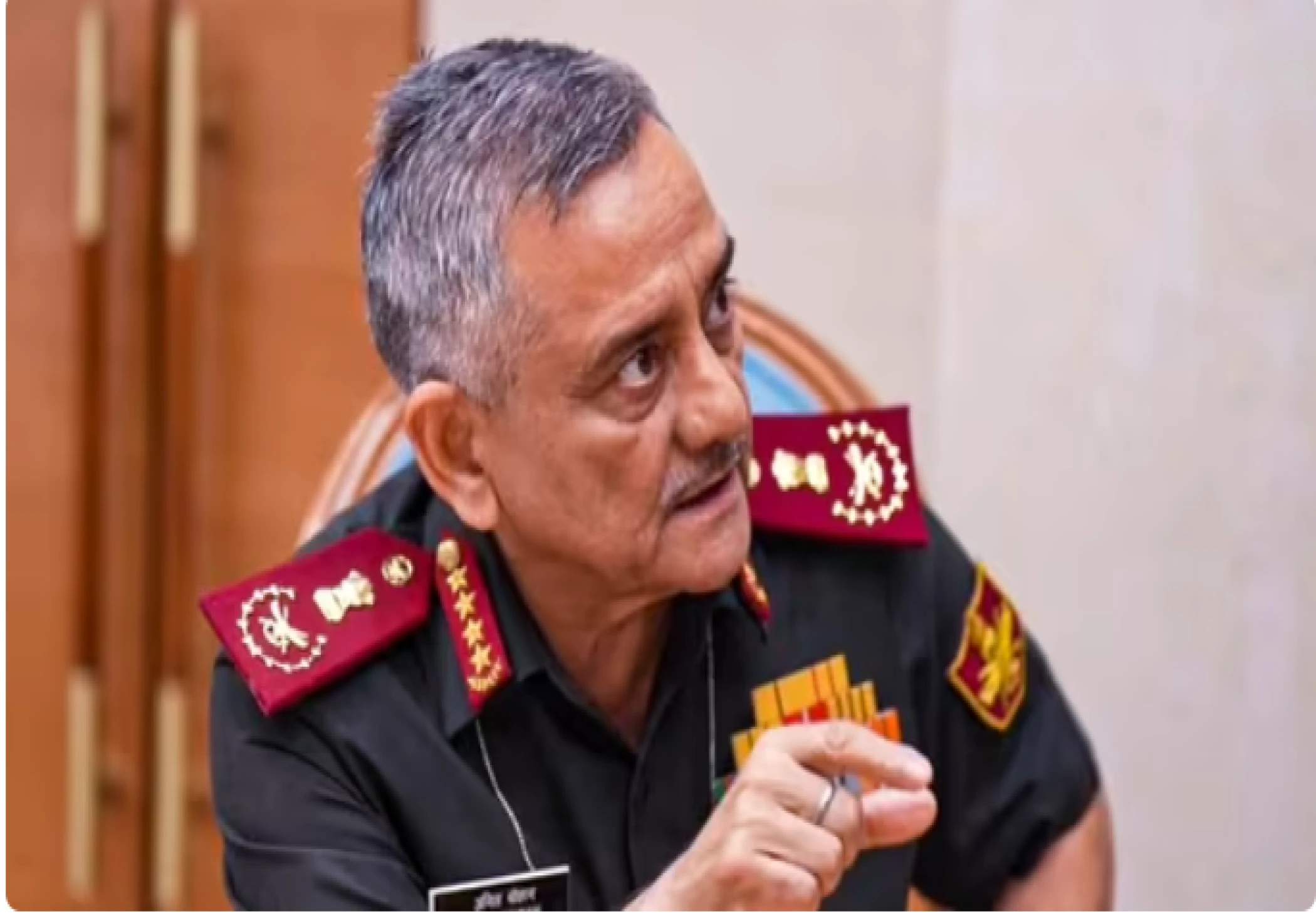
Operation Sindoor, a mission still underway, is proving the importance of both ‘Shastra’ (weapons) and ‘Shaastra’ (strategy) in India’s evolving security and counterterrorism operations.
The symbolic name 'Sindoor' reflects both sacrifice and sanctity—emphasizing the nation’s commitment to protect its soil and people through a blend of valor and vision.
In recent developments, forces deployed under Operation Sindoor have focused on a dual-front response: physical security (‘Shastra’) through high-intensity patrols, weaponized surveillance, and tactical strikes, and intellectual preparedness (‘Shaastra’) via community engagement, psychological warfare deterrents, and traditional strategic frameworks inspired by ancient Indian texts like the Arthashastra.
Defense analysts point out that this synchronized use of physical strength and intellectual finesse is rapidly becoming the hallmark of India’s internal security approach. Technologies like drones, AI-based surveillance, and encrypted communications complement classical war doctrines, creating a battlefield that spans both material and mental realms.
Moreover, the operation also demonstrates an evolving trend within India’s defense narrative—one where cultural wisdom and modern warfare are not at odds, but deeply integrated. Military leaders have stressed that understanding the adversary’s psychological profile is as vital as tactical superiority.
As Operation Sindoor moves forward, it serves as a blueprint for hybrid warfare, where ‘Shastra’ and ‘Shaastra’ work in tandem to uphold national integrity, ensure civilian safety, and neutralize threats with precision and pr
inciple.



